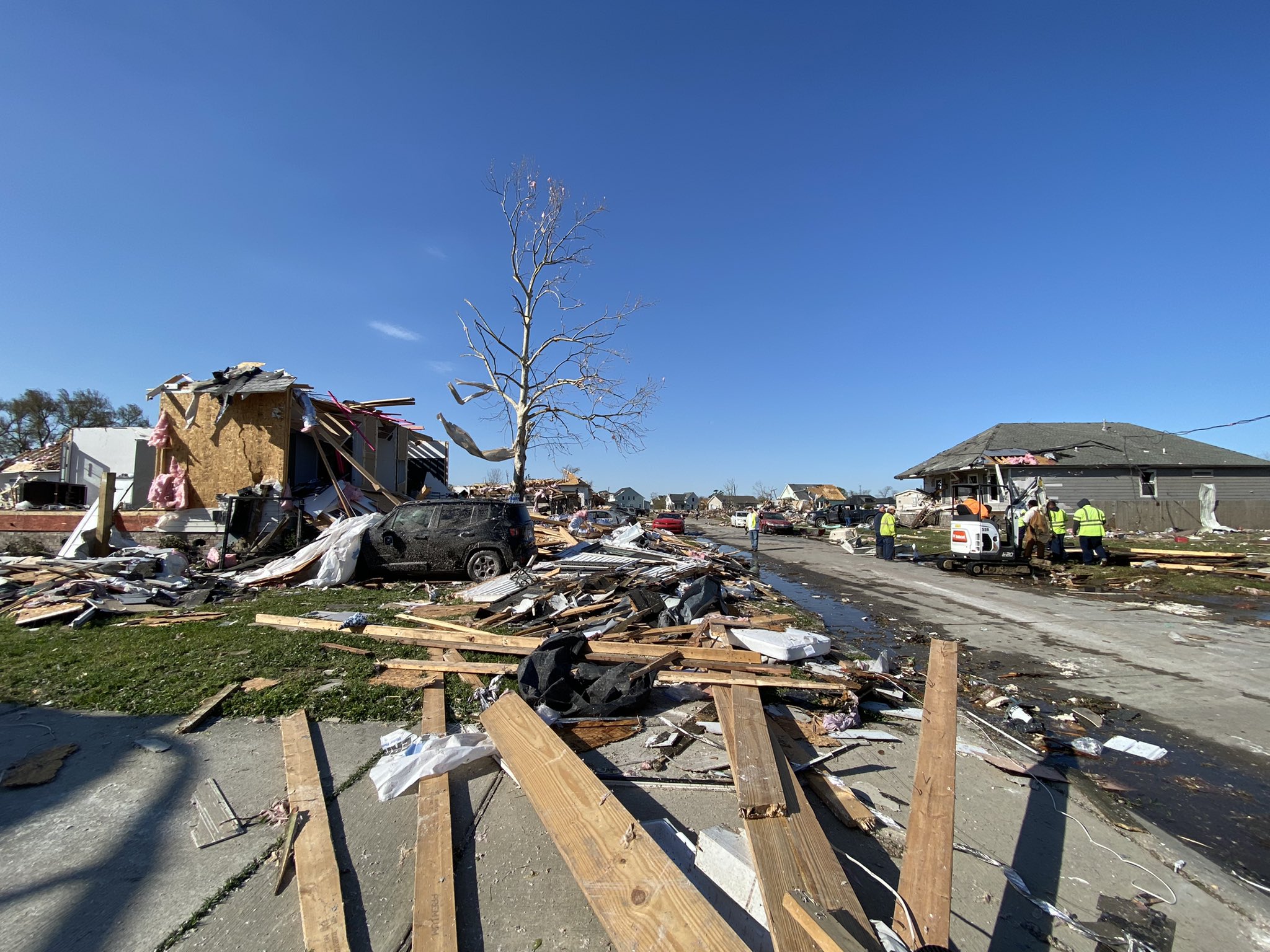

While the peak months for tornadoes are April to June, several destructive storm systems caused damage across parts of the southern U.S. before April.
This year is predicted to be an active tornado year, and several outbreaks occurred even before Meteorological Spring on March 1. This is attributed, in part, to a waning La Niña. “During the La Nina and especially when it is transitioning into a neutral phase, the potential for increased severe weather events and above-average tornado activity is in place.”
(Photo: Tornado damage in St Bernard Parish, Louisiana on March 23, 2022. Source: NOLAReady via Twitter)
Popular Science magazine said, “The new predictions put the number of tornadoes for 2022 at around 1,350 to 1,475, above a yearly average of 1,253. April is supposed to be particularly busy with a predicted 200 to 275 storms (last year in April there were just 73). But the big takeaway is that they’ll likely hit places outside of what’s traditionally been known as ‘Tornado Alley.’”
Central plains states like Oklahoma still have tornadoes but researchers have discovered that statistically, tornado activity is shifting to the southeastern parts of the U.S.
Latest Updates
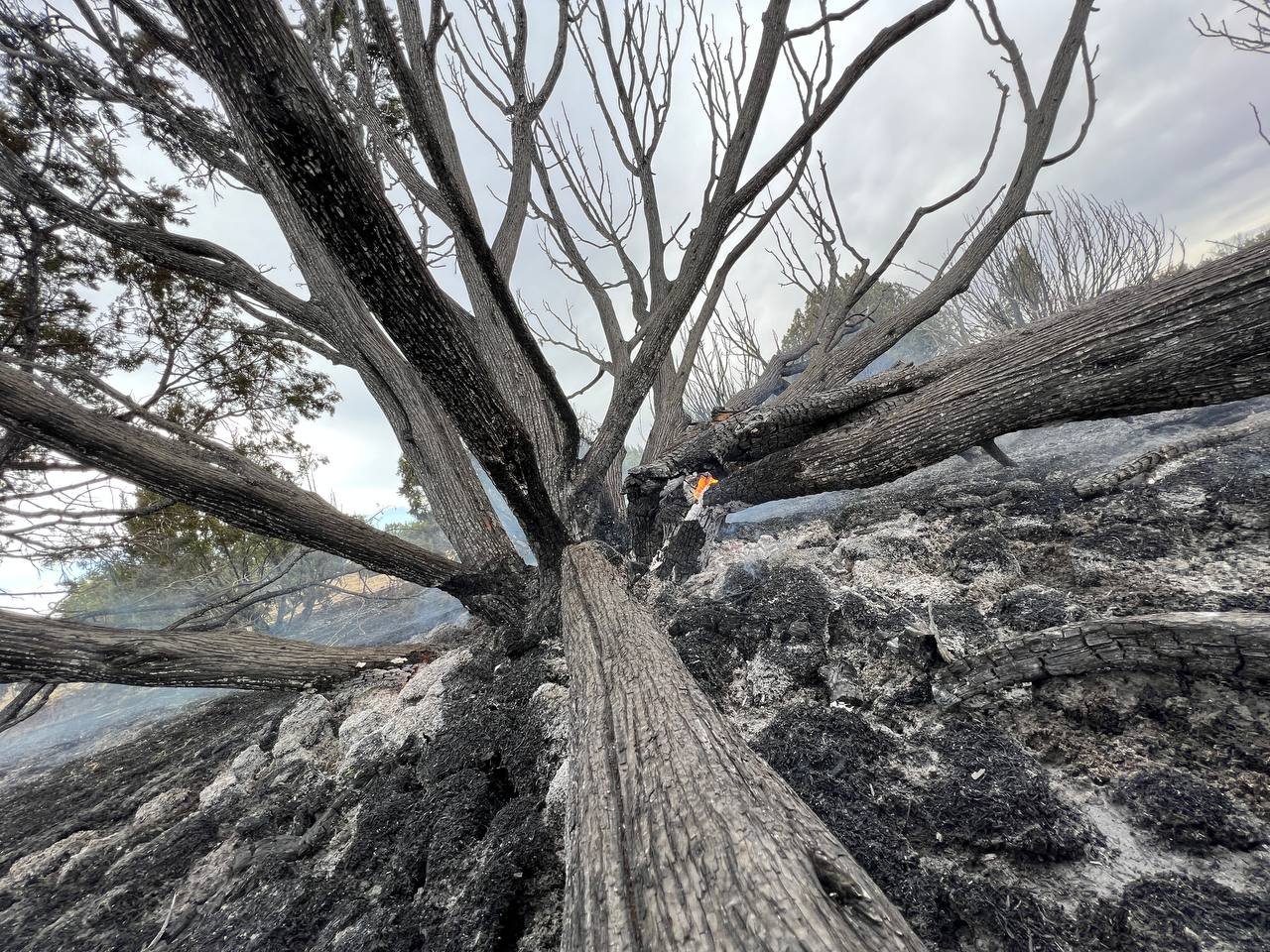
What we’re watching: Weekly disaster update, June 13
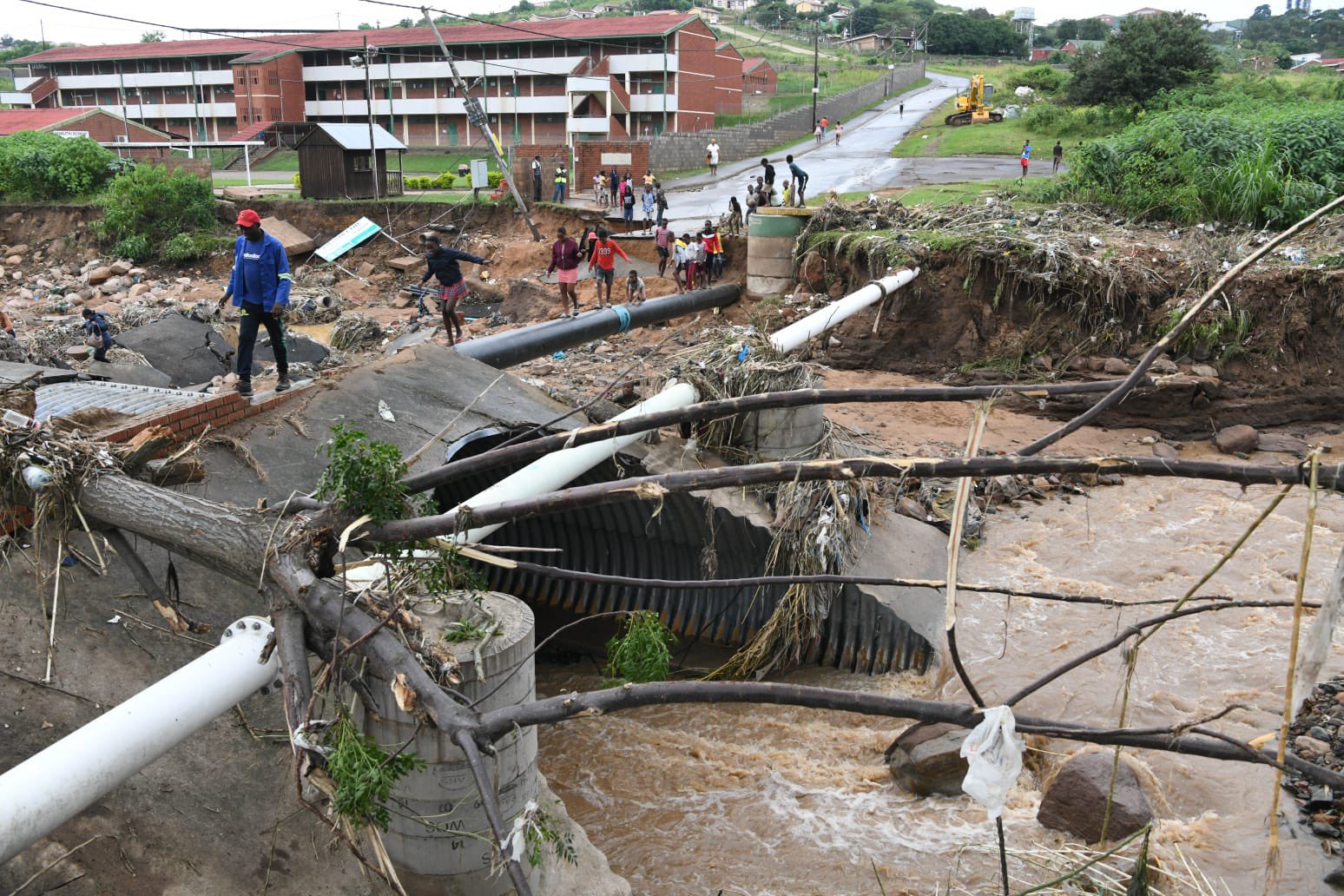
What we’re watching: Weekly disaster update, April 18
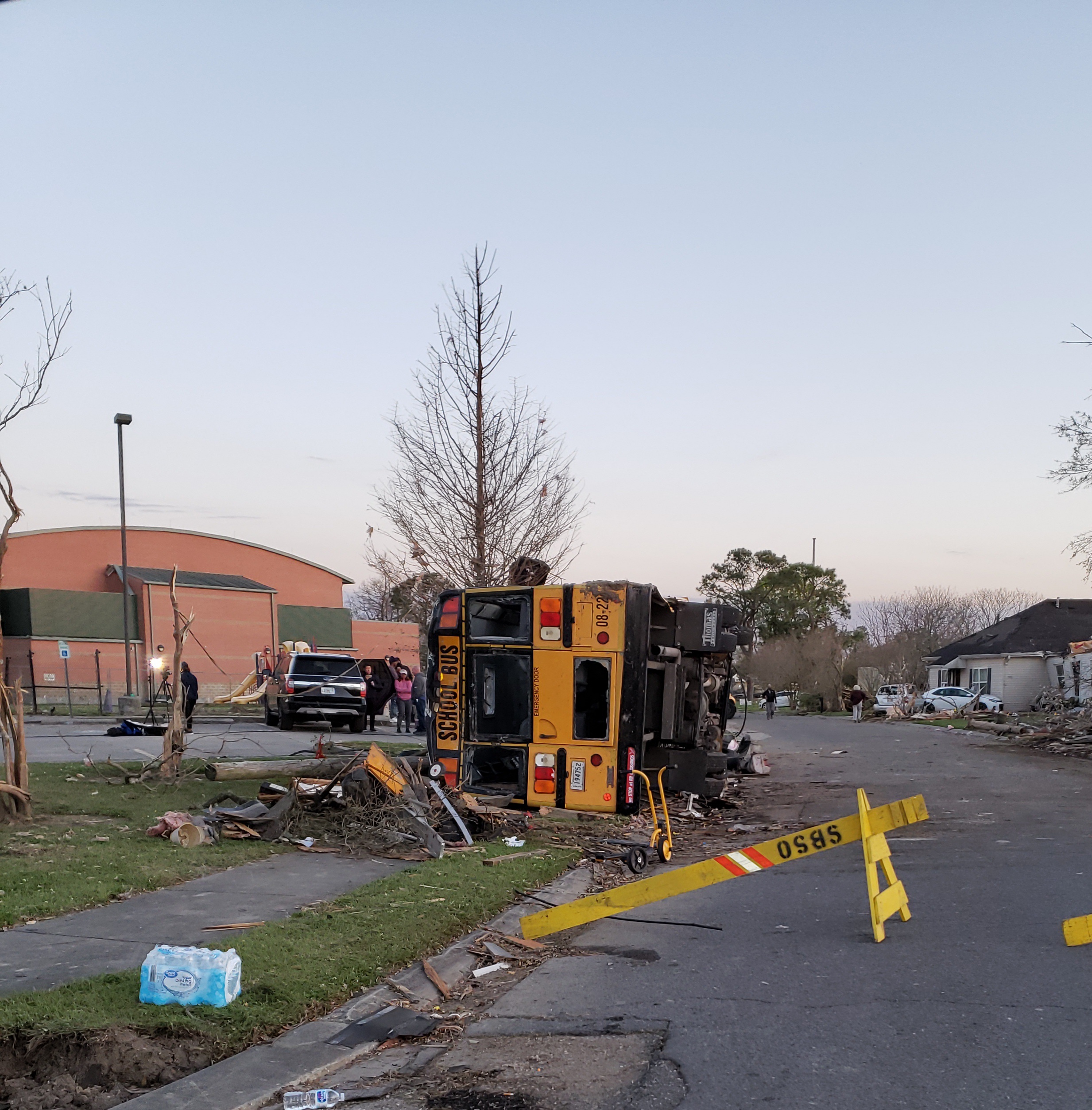
Reflecting on tornado recovery in Louisiana
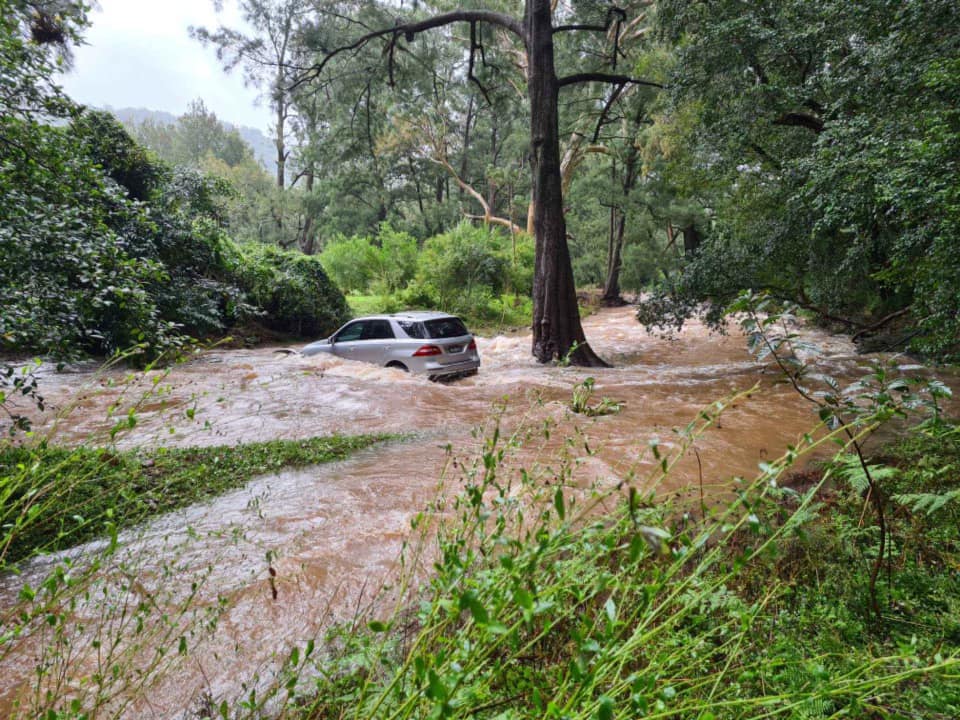
What we’re watching: Weekly disaster update, April 11
Alabama
The National Weather Service (NWS) confirmed EF-0 tornado damage in Eutaw in Greene County after storms swept through the state on April 13. Around 110 people were displaced and finding housing for them proved challenging in the poor, rural county.
Severe storms on April 5 triggered multiple tornado warnings in central Alabama. There were at least 15 homes damaged. The NWS confirmed up to 16 tornadoes from the April 5 storms.
A storm system trigged tornado warnings across central Alabama on March 30. Power lines were downed, trees uprooted and buildings damaged. One person was injured, according to University of Montevallo police. The NWS in Birmingham upgraded one of the tornadoes, which tracked through parts of Perry, Bibb and Shelby counties, as an EF-3 with 145 mph winds. That tornado was one of 20 confirmed during the round of severe weather that spanned March 30 and 31.
Severe weather on March 22 led to flooding and roads washing out in Calhoun, Talladega and Chilton counties in Alabama. There was tornado damage to the roofs of several homes in the area of Toxey in western Alabama. In Hale County, about 20 homes were damaged based on early assessments.
Arkansas
Since the start of 2022, the NWS confirmed 23 tornadoes in the state. The NWS confirmed that four EF-1 tornadoes hit Arkansas on April 11. A woman was killed in Rison when a tree toppled onto her home on April 13.
On March 30, a tornado hit the cities of Springdale and Johnson leaving seven people injured. Following a survey of the damage, the NWS rated the tornado an EF-3. Damage was extensive in Springdale including to an elementary school gymnasium and a warehouse. Governor Asa Hutchinson announced on April 15 that the state would provide financial aid to people affected by the Springdale tornado.
Five tornadoes touched down across several counties in Arkansas on March 6. There were four EF-1 tornadoes and one EF-2 tornado. The EF-2 storm reached winds of 120 mph, and traveled 11 miles from Izard County to Sharp County, destroying a mobile home and injuring several people. The longest EF-1 was in Pope County and traveled 15.6 miles, damaging more than a dozen homes.
Florida
Powerful storms moved through the greater Tampa Bay region on May 31. The NWS confirmed two tornadoes near Trinity and Town ‘N Country that produced hail and strong winds. A tornado warning was issued for north central Pinellas County and minor damage was reported in Pasco County.
At least one tornado was confirmed in the Florida Panhandle following storms that moved across the south on April 6.
At least two people were killed when a severe storm damaged homes in the Florida Panhandle on March 31.
According to the Washington County Sheriff’s Office in northwestern Florida, a tornado there caused damage about seven miles outside Chipley.
A storm system in Bay County produced hail, wind damage and tornadoes on March 18. In Panama City, a tornado has been rated as an EF-2, although it was very short and on the ground for less than half a mile. The storm lifted at least one house right off the ground and moved it six feet, with the residents still inside.
The historic St. Andrews district saw damage to several homes. Seven tornadoes in total were reported throughout the week of March 14 in Florida.
Georgia
Five tornadoes were reported and two tornadoes were observed around Valdosta on April 6.
In Bryan County, at least one person was killed when a tornado is believed to have hit the area. Following the storms, Georgia Governor Brian Kemp declared a state of emergency on April 6, freeing up state resources for storm recovery and response efforts.
The NWS determined an EF-4 tornado hit northern Bryan County on April 5, with winds estimated at 185 mph. This was only the 11th EF-4 tornado in Georgia since 1950. According to the Georgia Emergency Management Agency, at least 28 homes were destroyed or damaged.
Kentucky
The NWS confirmed that eight tornadoes touched down on April 13 in Louisville and around the state. Four tornadoes reached at least EF-1 intensity, and four were recorded at EF-0. Several homes in Louisville’s Glenmary subdivision were damaged. Louisville Mayor Greg Fisher declared a state of emergency on April 14 to speed recovery efforts in areas affected by the storms. The tornadoes also sparked multiple fire incidents in the Louisville area.
The NWS confirmed five tornadoes touched down around Louisville on March 18. None of the tornadoes were rated above EF-1, however, some damage was reported, and thousands of residents were without power.
Louisiana
A tornado in northwest Louisiana, close to the Texan border, left people trapped in their homes and damaged buildings on April 13. No injuries were reported. According to the NWS, the tornado was EF-0.
The state experienced another round of severe storms the week of April 4. In Webster Parish, a man died on April 5 when his car crashed into a downed tree, state police said.
On March 30, strong winds “overturned semitrailers, peeled the roof from a mobile home, sent a tree crashing into a home and knocked down power lines, according to weather service forecasters, who didn’t immediately confirm any tornadoes in the state.”
Parts of New Orleans and the metro area were hit by tornadoes on March 22. Across the Mississippi River from New Orleans’ French Quarter there was extensive damage in the town of Gretna in Jefferson Parish, including the neighborhood of Terrytown and the west bank area of Orleans Parish known as Algiers.
The most damaging tornado was rated as at least an EF-3, reminiscent of the EF-3 in 2017 that hit some of the same areas. Many of these neighborhoods were also affected by Hurricane Ida on Aug. 29, 2021. Nola.com says, “National Weather Service is still doing its full assessment but An EF3 rating for tornado damage means the winds were spinning between 136-165 mph, fast enough to overturn a train or tear the roof off of a house.”
There were reports of houses being lifted and moved by the wind, including one with a young girl on a respirator who uses a wheelchair. She was rescued by neighbors after her parents escaped from the home. A survey of 1,410 homes found 41 homes were destroyed, 93 had major damage, 162 had minor damage and 912 were in the area but unaffected.
Louisiana Governor John Bel Edwards issued a state of emergency for the parishes of Jefferson, Orleans, St. Bernard and St. Tammany.
Mississippi
The NWS in Jackson confirmed that 97 tornadoes had hit Mississippi as of July 7, 2022.
One confirmed tornado caused some structure and tree damage near the town of Newton, Mississippi, and Highway I-20 during the severe weather that swept across the southern U.S. the week of April 4.
The month of March was an active one for the state. Since March 22, there were 49 tornadoes reported compared to 50 tornadoes in all of March, April and May in 2021.
Two confirmed tornadoes damaged homes and businesses and downed power lines on March 30. The Mississippi Senate suspended its work as sirens blared during a tornado watch in Jackson. Areas near McClain appeared to be struck by a tornado based on storm chaser reports and Toomsuba was also hit by a tornado.
The NWS updated its tornado count to 27 from the March 22 storms. The largest of the March 22 tornadoes was rated an EF-3 and struck Damascus in Kemper County. Preliminary reports show that 252 homes sustained damage in 16 counties. In Hinds County, Mississippi, storms tore down trees and power lines, and the weather prompted Mississippi State University in Starkville to switch to remote classes.
Oklahoma
The NWS confirmed 40 tornadoes in the state.
In the town of Seminole, around 60 miles southeast of Oklahoma City, a tornado damaged structures and led to power outages on May 4. The NWS said it found damage from an EF-2 tornado in Seminole. No fatalities or serious injuries were reported. Another tornado caused damage to homes and a school in Monroe.
The NWS in Tulsa said EF-1 damage occurred in the city of Stilwell on April 13. According to Stilwell Mayor Jean Wright, no injuries were reported. Damages include downed power lines, damaged roofs and a sewer plant that had its roof blown off.
A strong tornado traveled north from Texas into Oklahoma on March 21, touching down in Kingston and leaving a quarter-mile-wide path of damage. Uprooted trees and downed power lines were also reported in neighboring Johnston County.
Nearly 240 homes in Marshall County were damaged and officials estimate that 20 people were injured. The Chickasaw Nation Emergency Management Command Center was set up in response to a request for help from Marshall County Emergency Management.
Several homes near the small towns of Nida and Emet were also damaged. On March 22, the National Weather Service said the damage is consistent with an EF-2 tornado.
Tennessee
A tornado rated EF-0 with winds near 80 mph was confirmed by the NWS in Memphis on April 14. The tornado touched down near Corinth in Alcorn County.
The NWS confirmed that three EF-1 tornadoes touched down in west Tennessee on March 30. Heavy wind and rain also caused damage in several communities. In Madison County, significant damage was reported to a nursing home and the sheriff’s office in Jackson.
Texas
On May 4, a tornado caused damage in the town of Lockett in Wilbarger County.
A tornado that damaged 61 homes and injured 23 people in Bell County on April 12 was given a rating of EF-3 with peak winds of 165 mph. Governor Greg Abbott issued disaster declarations for Bell County and Williamson County in response to severe weather on April 12.
At least four tornadoes touched down in North Texas on April 4, causing damage to homes and vehicles. One of the tornadoes was an EF-2 with winds up to 112 mph and hit Johnson County north of Egan. In east Texas, one person died when storm winds toppled a tree onto their home in Whitehouse.
The tornado outbreak on March 21 produced at least 31 tornadoes, which ranks fourth for most tornadoes reported in a single calendar day. An EF-3 in Jacksboro (Jack County) with winds of 140 to 150 mph caused severe damage. At least 24 people were injured, and an EF-2 in Grayson County caused the death of a 73-year-old woman.
There was also extensive damage in the Sherwood Shores community. NBC DFW reports, “The tornado flipped multiple manufactured homes and snapped trees in half. A total of 105 structures were damaged, 53 destroyed and 27 sustained major damage. This tornado continued into Oklahoma. The tornado tracked about 2.4 miles with a width of 150 yards and lasted for about four minutes before dissipating.”
A disaster was declared by the governor in 16 Texas counties on March 22. This was the second disaster declaration that the governor issued in that week following the signing of a disaster declaration for 11 counties over wildfires.
According to data from NOAA, more than 9,500 tornadoes were reported in Texas between 1950 and 2021. Harris County, home to Houston, recorded the most tornadoes, 242 in total, in that period.
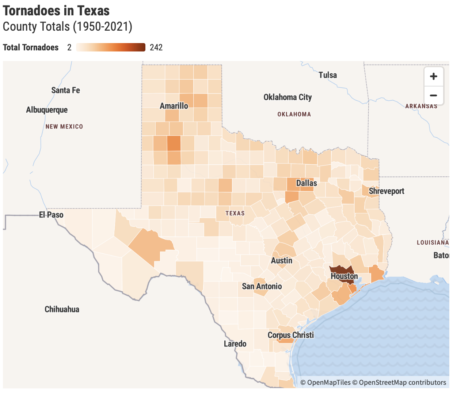
Housing
People whose homes were damaged will need support securing new housing that is safe and affordable or repairing their damaged homes. After a tornado, displaced residents may face challenges finding housing that meets their needs. The tornadoes affected people from all walks of life, some with insurance and others without. The destruction of mobile homes will also affect affordable housing availability in communities. In many parts of the country, demand for housing outpaces supply, complicating recovery efforts. Affected people living in rural areas or public housing and people from marginalized groups will need assistance identifying and securing housing.
Cash assistance
A critical ongoing need will be unrestricted cash donations to support affected individuals and families. Direct cash assistance can allow families to secure housing, purchase items and contract services locally that address their multiple needs. It gives each family flexibility and choice, ensuring that support is relevant, cost-effective and timely. Cash assistance can also help move families faster towards rebuilding their lives.
Emotional and spiritual care
Emotional and spiritual care will be critical, especially for families of people killed in the storms, first responders and those on the tornadoes’ direct paths. Long-term mental health and trauma support will also be required. Some of the affected communities – especially in Louisiana – were impacted by numerous events, including Hurricanes Katrina, Rita, Isaac and Ida. This has left them with increased trauma from natural hazards.
Business recovery
Business recovery will be critical to help communities rebuild. The tornadoes damaged or destroyed businesses, negatively impacting people’s livelihoods at a time when many were already struggling more than usual because of COVID-19 and recovery from other disasters. This is particularly true of small businesses.

To support the recovery efforts, please donate to the Center for Disaster Philanthropy’s Disaster Recovery Fund.
Contact CDP
Philanthropic contributions
If you have questions or need help with making a donation to the CDP Disaster Recovery Fund, please contact development.
Recovery updates
If you are a responding NGO or a donor, please send updates on how you are working in this crisis to tanya.gulliver-garcia@disasterphilanthropy.org.
(Photo: Tornado damage in the town of Arabi in St. Bernard parish. Source: Tanya Gulliver-Garcia)
Donor recommendations
If you are a donor looking for recommendations on how to help in this crisis, please email regine.webster@disasterphilanthropy.org.
Philanthropic and government support
The Center for Disaster Philanthropy, through its Midwest Early Recovery Fund, awarded $120,000 to Northwest Arkansas Child Care Resource & Referral Center, Inc. in 2022 to support recovery from the March 30 EF-3 tornado that caused damage and displaced families in the Springdale, Arkansas area. The project will support social and emotional health and development for children and their families.
Following the storms on April 5, Georgia Governor Brian Kemp declared a state of emergency for Bryan County, freeing up state resources for storm recovery and response efforts.
Louisville Mayor Greg Fisher declared a state of emergency on April 14 to speed recovery efforts in areas affected by the storms and tornadoes around the city.
Texas Governor Greg Abbott issued disaster declarations for Bell County and Williamson County in response to severe weather on April 12. Following a tornado outbreak on March 21, Governor Abbott issued disaster declarations in 16 Texas counties on March 22.
Resources
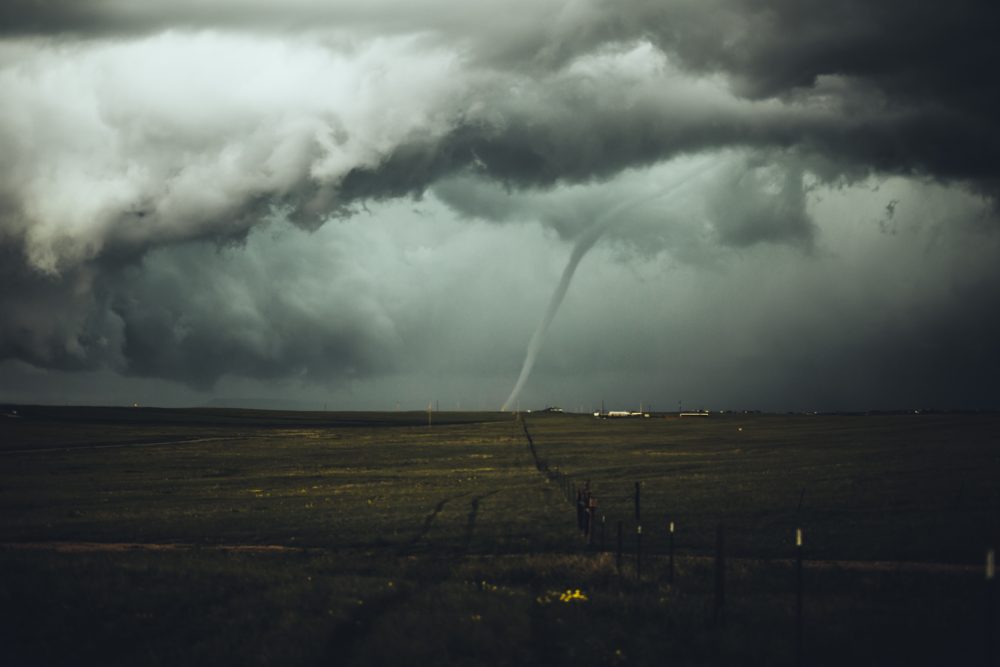
Tornadoes
The National Weather Service defines tornadoes as “a violently rotating column of air touching the ground, usually attached to the base of a thunderstorm.” The U.S. is home to more tornadoes than any other country in the world, with approximately 900 to 1,700 tornadoes occurring a year throughout the country.

Long-Term Recovery Groups
A long-term recovery group is a cooperative body that is made up of representatives from faith-based, nonprofit, government, business and other organizations working within a community to assist individuals and families as they recover from disaster.
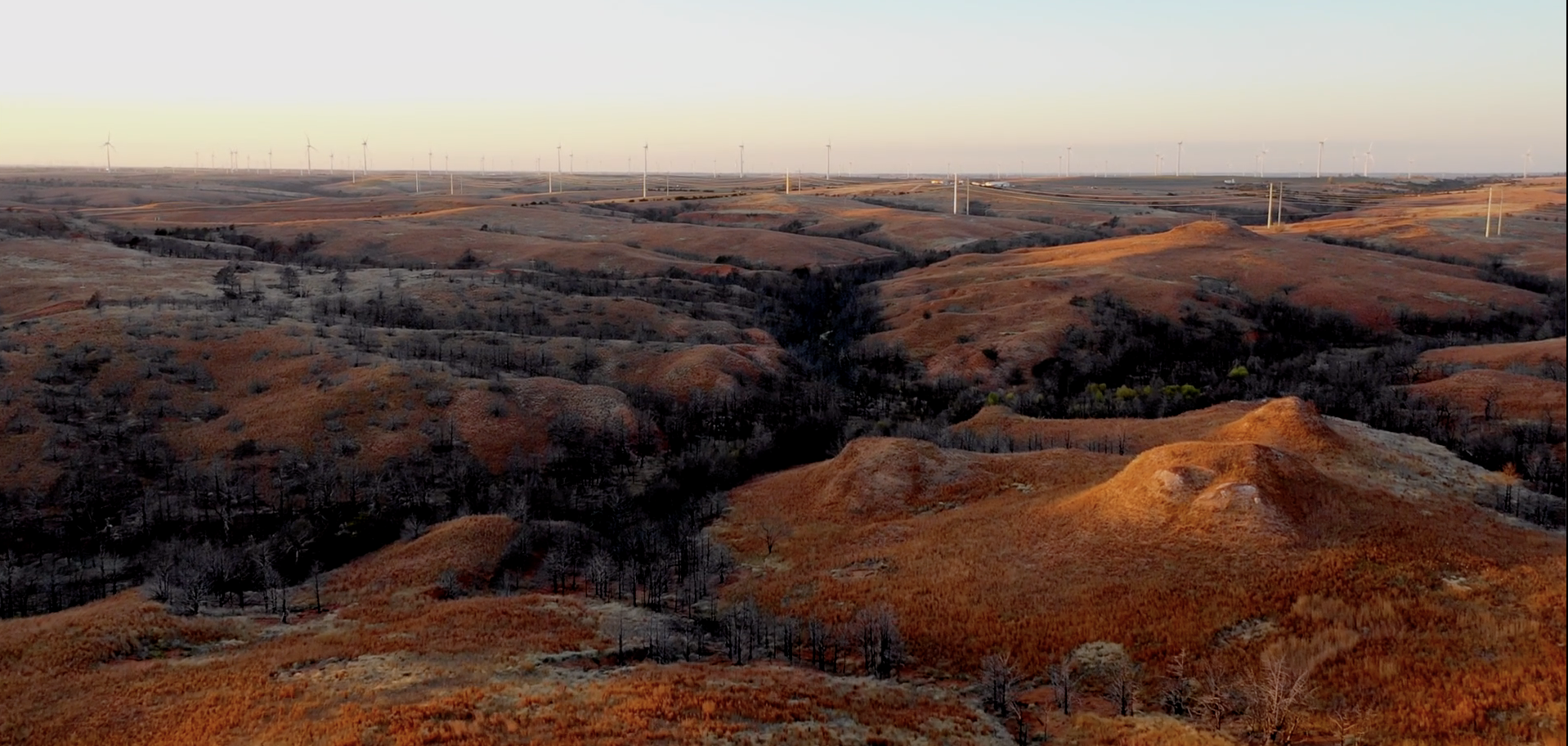
Rural Populations
Rural populations often struggle with disaster response and recovery. Explore why.